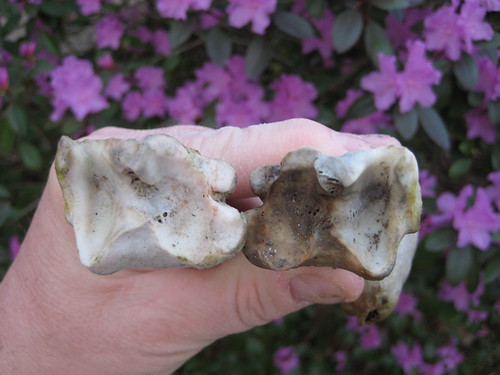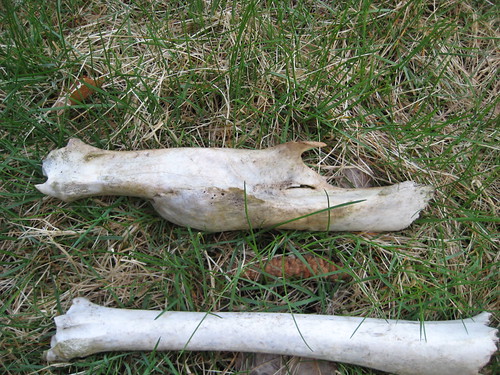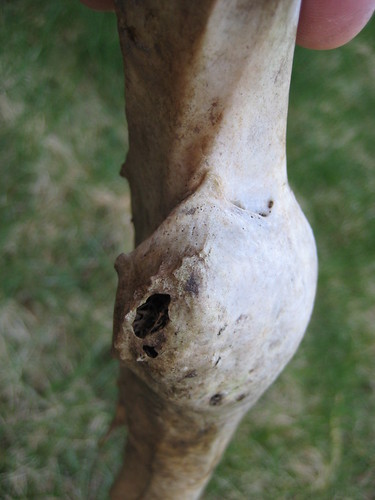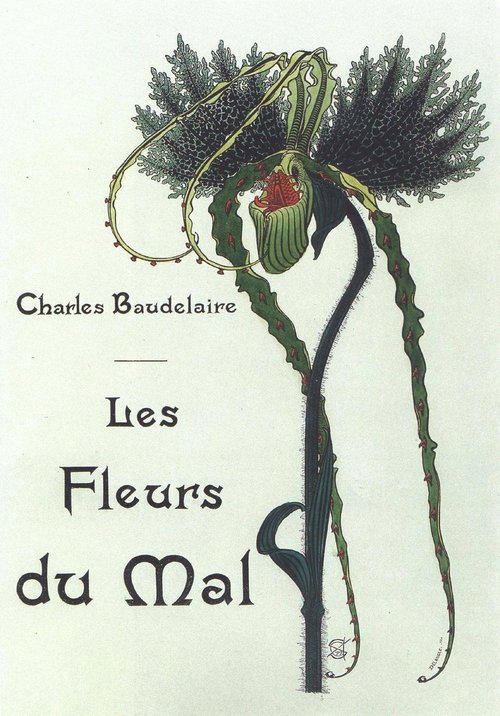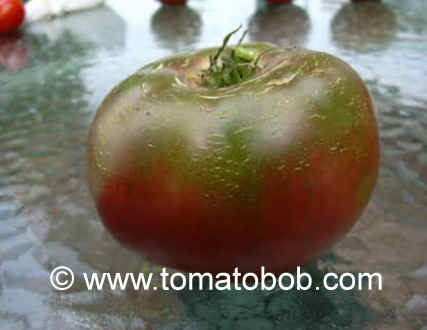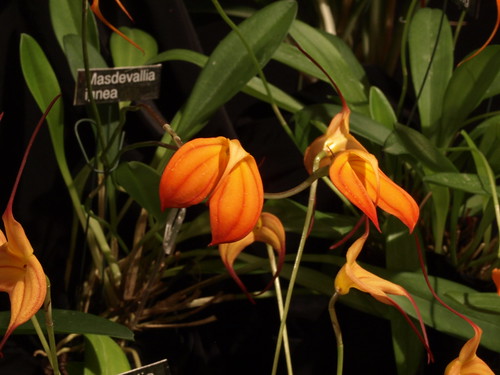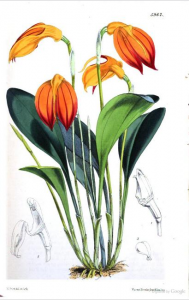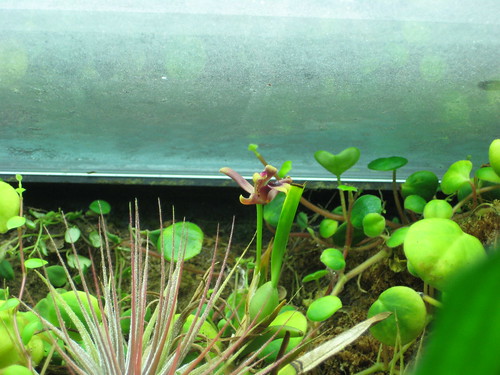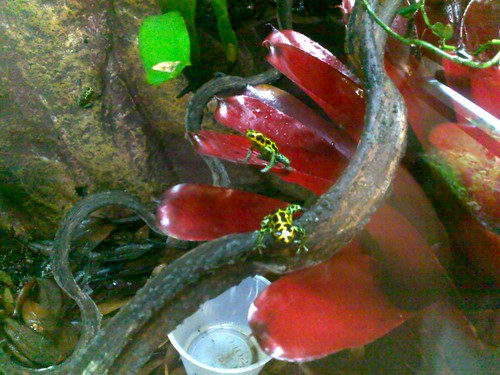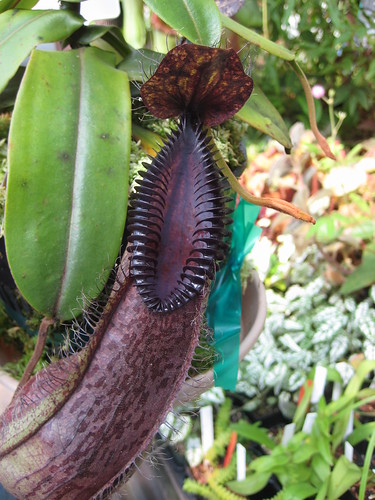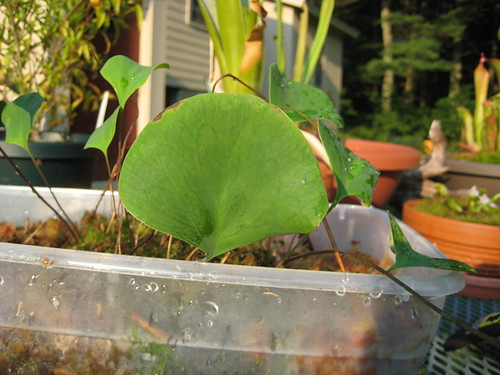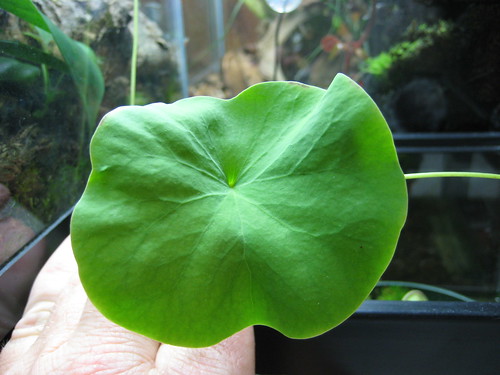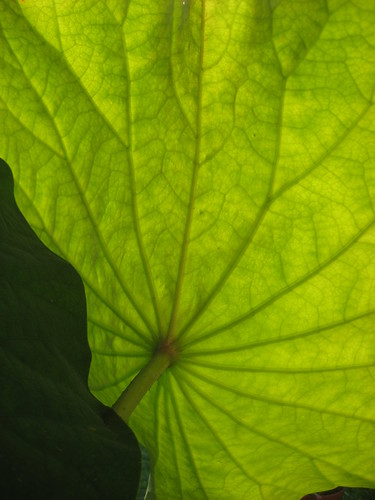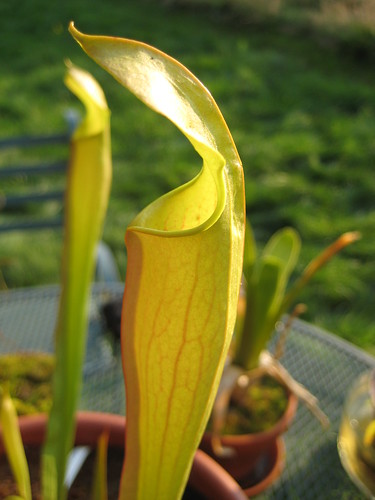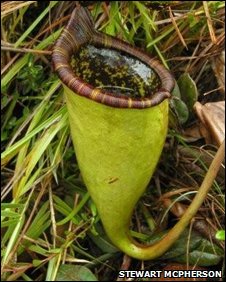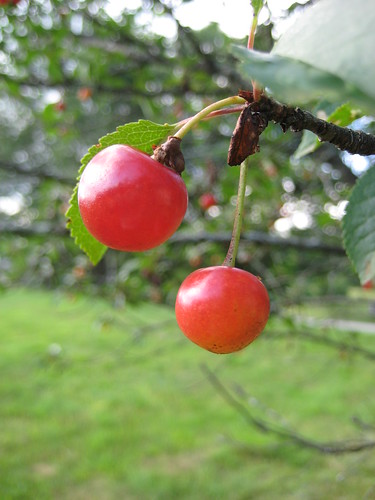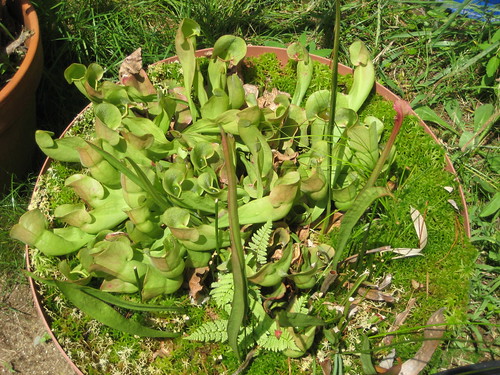Lotte and I went in search of cottontails yesterday, after work. We didn’t find any but she got more experience working heavy cover and a bunch of exercise (didn’t stop her from carrying on with the shorthairs when we got home, though).
I did find a huge patch of trout lilies.
*
And a couple leg bones. I’m assuming they’re from a whitetail – I need to do a little more nosing around to figure out which bones. Regardless, they’re a matched set; one shows evidence of healed trauma. Infection? Bullet wound? Break (I don’t think so, but what do I know)?
Mirror images.
*
The uninjured bone.
*
Ouch.
*
I’m thinking about making a flute from the uninjured bone. I’ll stick with a pennywhistle when I attempt to form up the Innsmouth Drum and Whistle Corps for the Halloween parade, but the bone flute would be fun to fool with.


